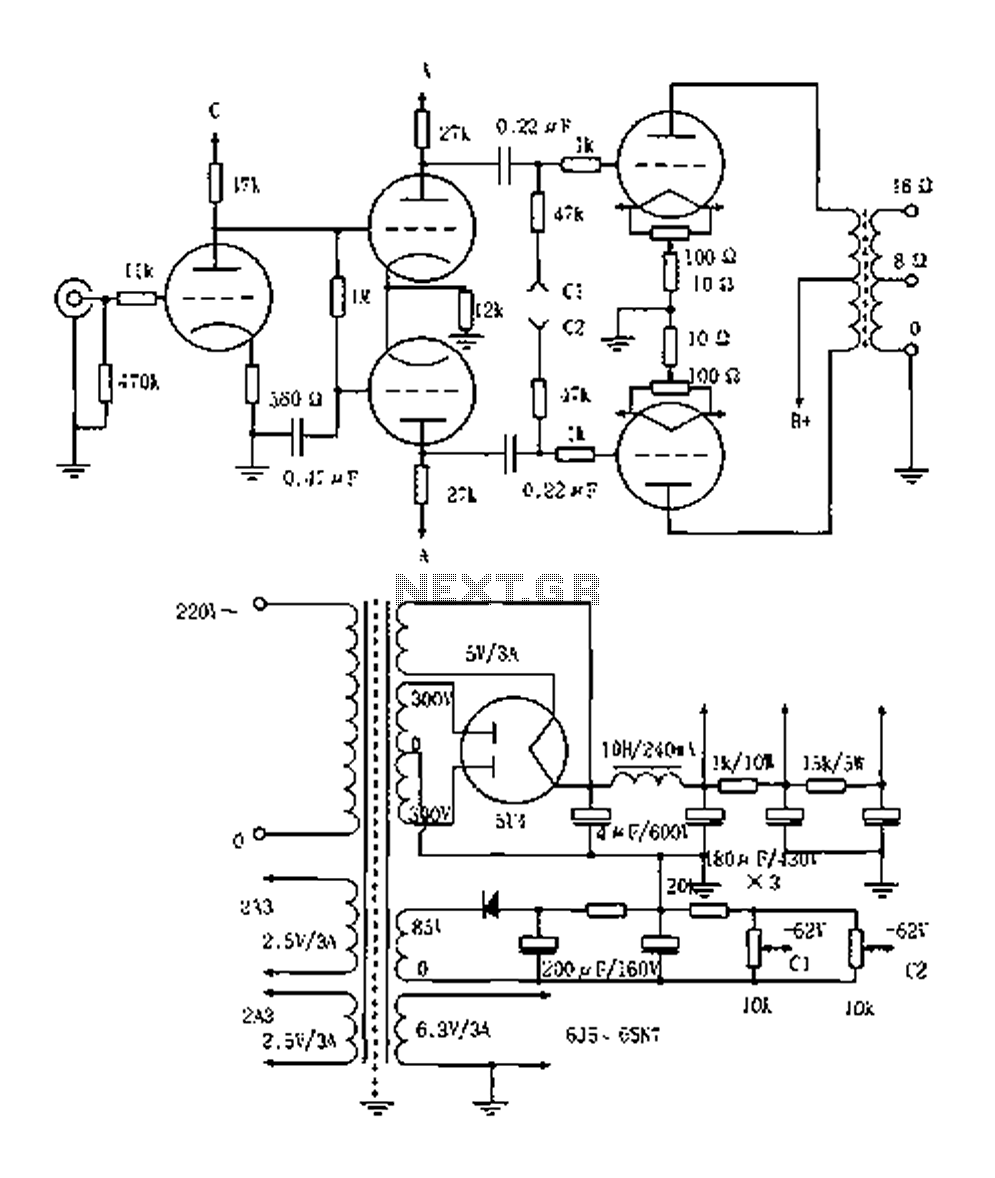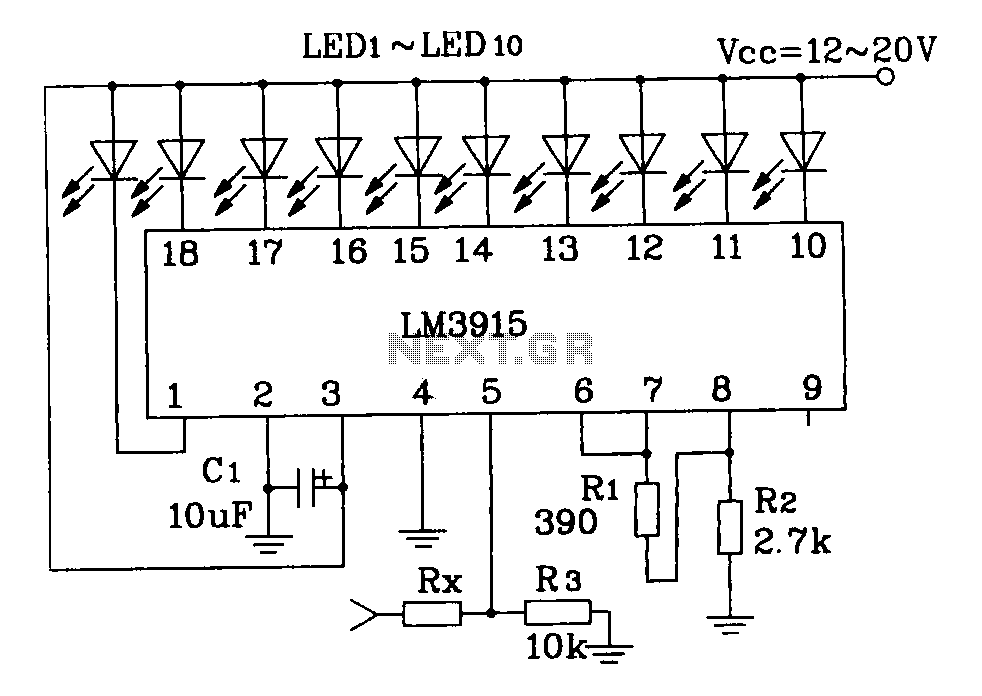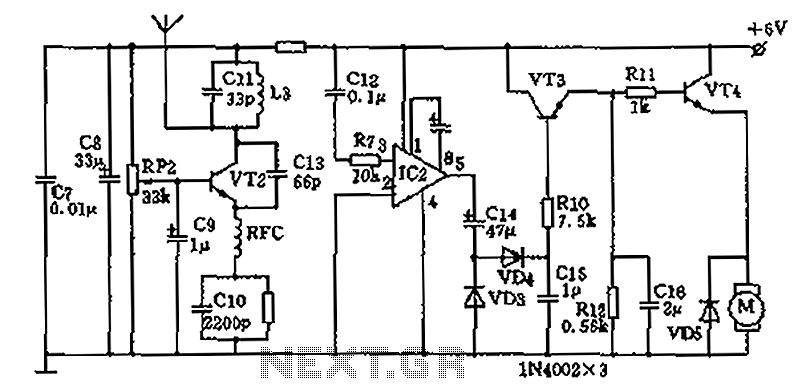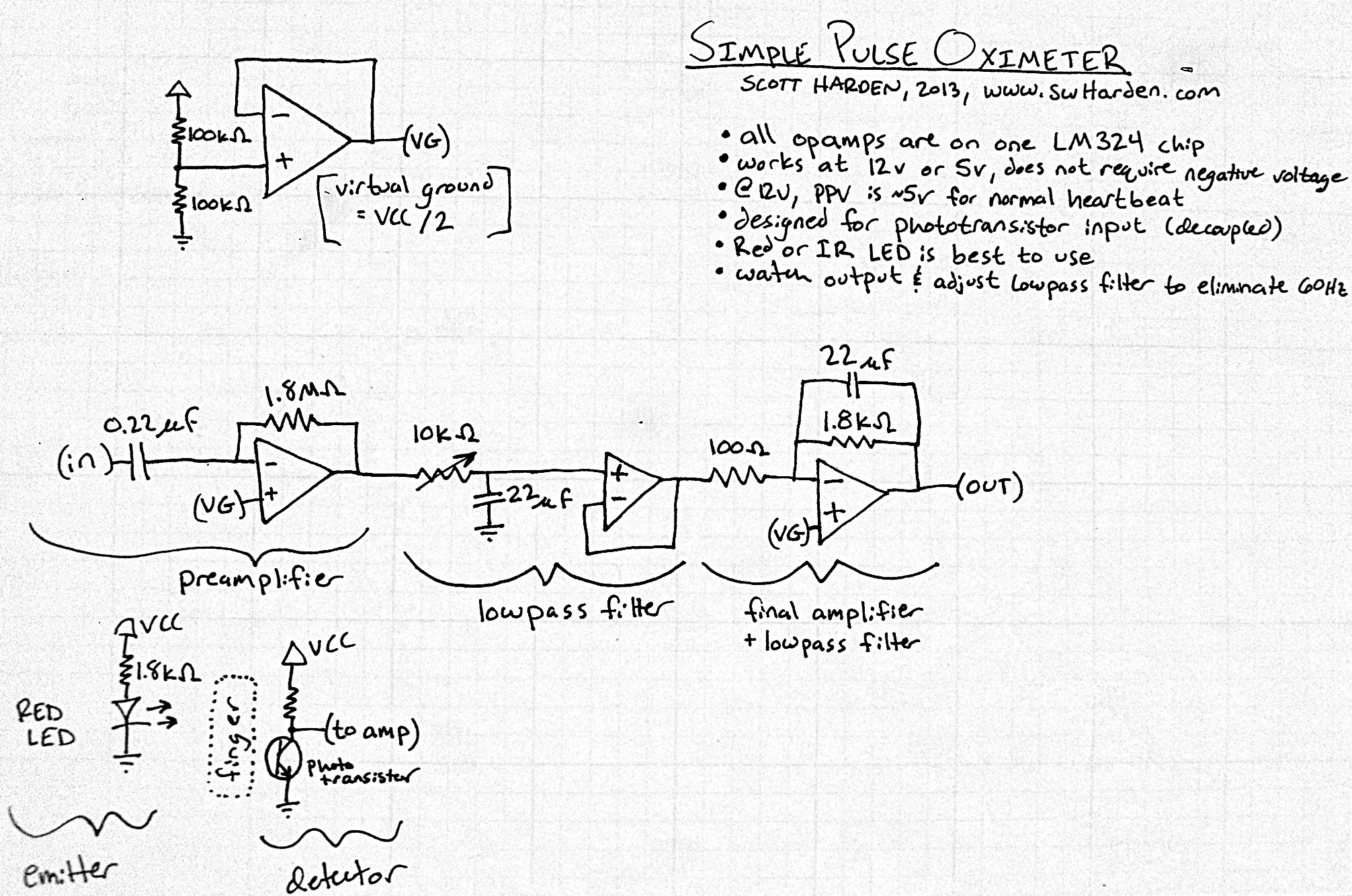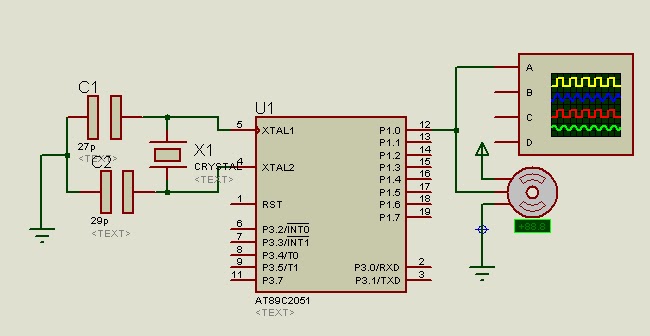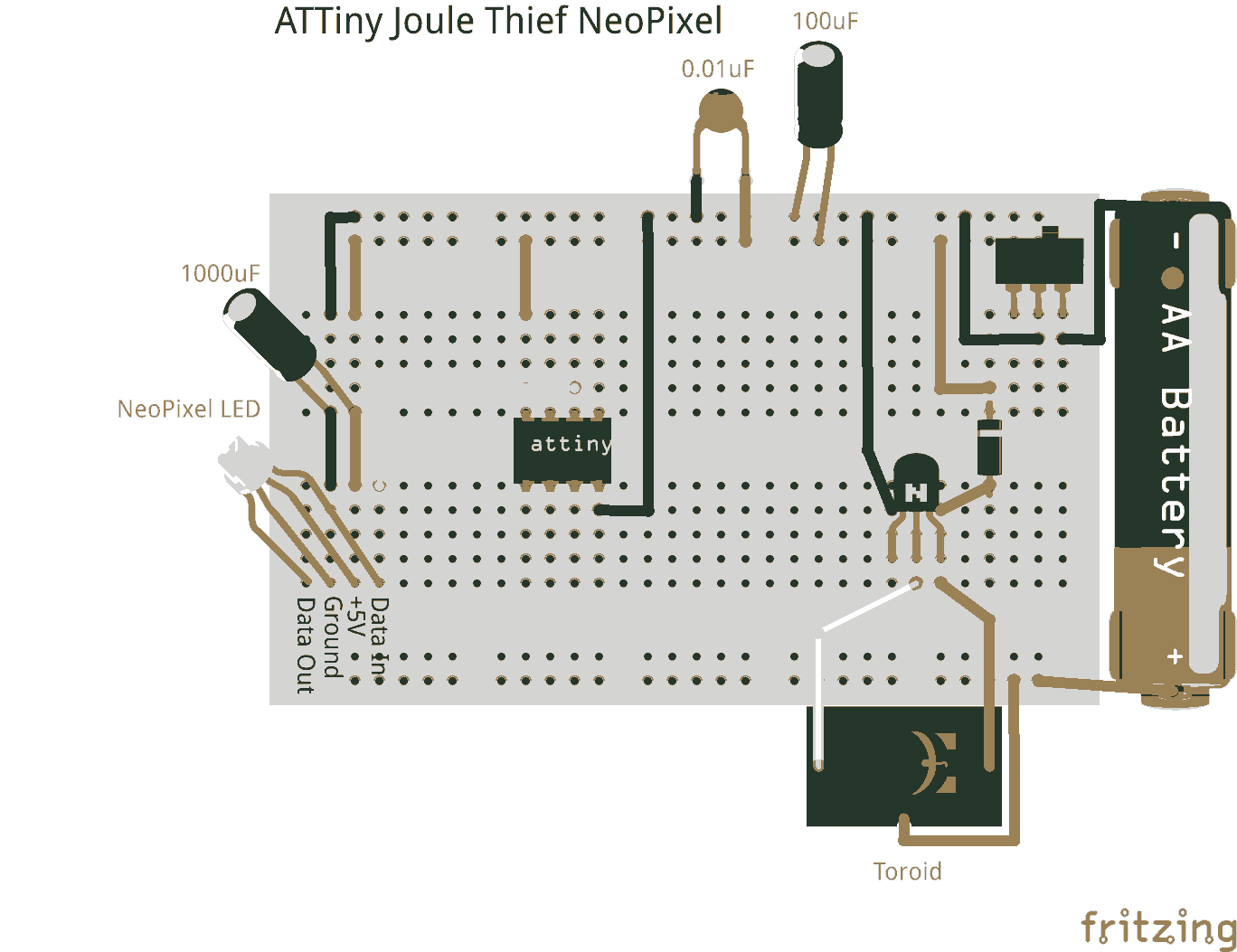
Optical Proximity Detector Circuit
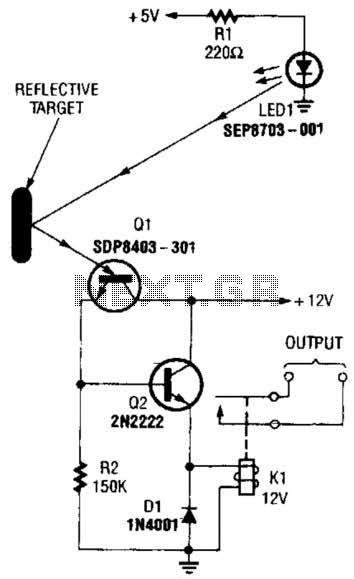
A reflector isolator detects the presence of an object by bouncing light off of it. This technique is useful in circuits that detect when an object is close enough to the sensor.
A reflector isolator is a type of optical sensor that employs the principle of light reflection to ascertain the proximity of objects. It typically consists of a light source, such as an LED, and a photodetector, such as a photodiode or phototransistor. The LED emits light, which travels towards the target object. When the light encounters the object, it reflects back towards the sensor.
The sensor is designed to detect the intensity of the reflected light. If the intensity exceeds a predetermined threshold, the sensor can conclude that an object is present within a specified range. This mechanism is particularly advantageous in applications where contactless detection is necessary, such as in safety systems, automated doors, and proximity sensors in robotics.
In a typical circuit configuration, the LED is connected to a current-limiting resistor to prevent excessive current flow. The photodetector is connected to an operational amplifier configured as a comparator, which compares the received light intensity against a reference voltage. When the reflected light intensity indicates the presence of an object, the output of the comparator changes state, triggering further actions in the circuit, such as activating an alarm or controlling a motor.
Moreover, the reflector isolator can be integrated into more complex systems, allowing for multiple sensors to work in conjunction to provide comprehensive object detection capabilities. This enhances the functionality of automated systems in various fields, including industrial automation, automotive safety, and consumer electronics. A reflector isolator (A) detects the presence ol`an object by bouncing light off of it. This technique is useful in circuits that detect when an object is close enough to the sensor (B). 🔗 External reference
A reflector isolator is a type of optical sensor that employs the principle of light reflection to ascertain the proximity of objects. It typically consists of a light source, such as an LED, and a photodetector, such as a photodiode or phototransistor. The LED emits light, which travels towards the target object. When the light encounters the object, it reflects back towards the sensor.
The sensor is designed to detect the intensity of the reflected light. If the intensity exceeds a predetermined threshold, the sensor can conclude that an object is present within a specified range. This mechanism is particularly advantageous in applications where contactless detection is necessary, such as in safety systems, automated doors, and proximity sensors in robotics.
In a typical circuit configuration, the LED is connected to a current-limiting resistor to prevent excessive current flow. The photodetector is connected to an operational amplifier configured as a comparator, which compares the received light intensity against a reference voltage. When the reflected light intensity indicates the presence of an object, the output of the comparator changes state, triggering further actions in the circuit, such as activating an alarm or controlling a motor.
Moreover, the reflector isolator can be integrated into more complex systems, allowing for multiple sensors to work in conjunction to provide comprehensive object detection capabilities. This enhances the functionality of automated systems in various fields, including industrial automation, automotive safety, and consumer electronics. A reflector isolator (A) detects the presence ol`an object by bouncing light off of it. This technique is useful in circuits that detect when an object is close enough to the sensor (B). 🔗 External reference
Warning: include(partials/cookie-banner.php): Failed to open stream: Permission denied in /var/www/html/nextgr/view-circuit.php on line 713
Warning: include(): Failed opening 'partials/cookie-banner.php' for inclusion (include_path='.:/usr/share/php') in /var/www/html/nextgr/view-circuit.php on line 713
